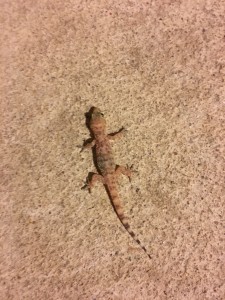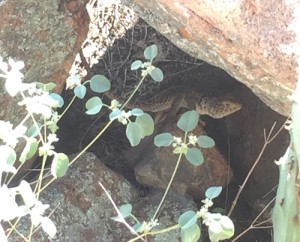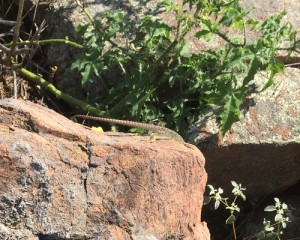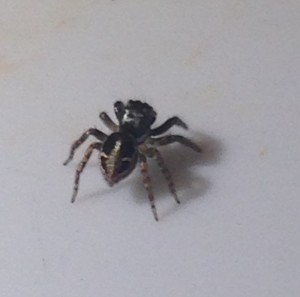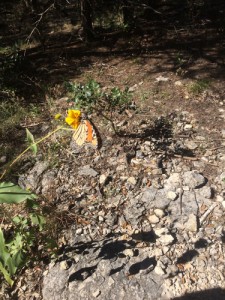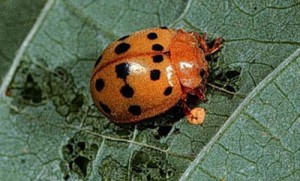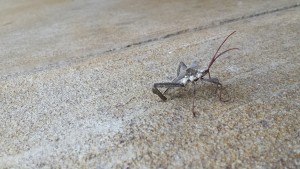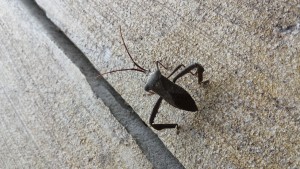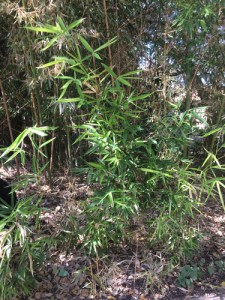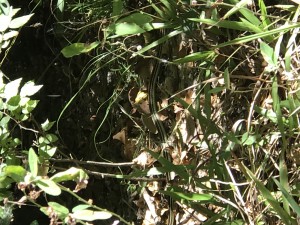This little critter down below is a Mediterranean House Gecko, Hemidactylus turcicus, and I see them often at night outside on my porch or on walks with my dog. They like to eat insects near buildings with lights. They are nocturnal and have spread all along the southern United States. They are clearly native to southern Europe and northern Africa. The first one spotted in the United States was in Key West, Florida in 1915. It’s unclear how they made it over here, but it is assumed to have been a stowaway on a ship. Some facts are that they are pretty small (4-5 inches). They also have sticky toe pads and no eyelids.
My iNaturalist post can be found here.
